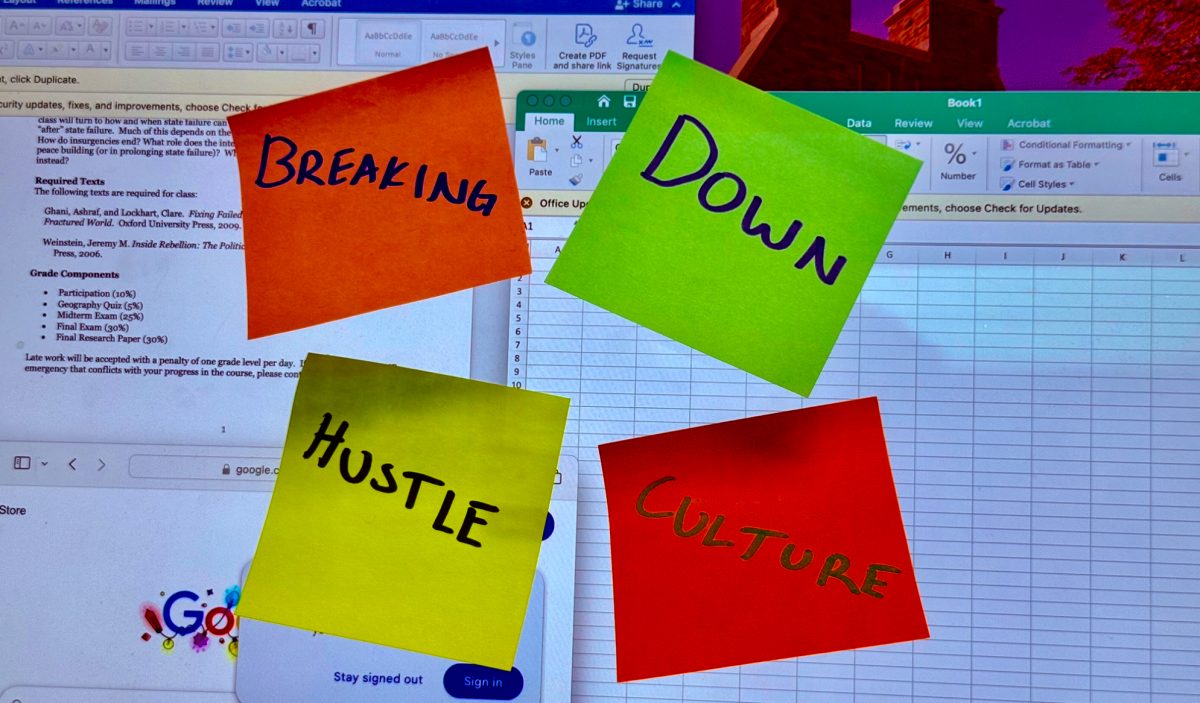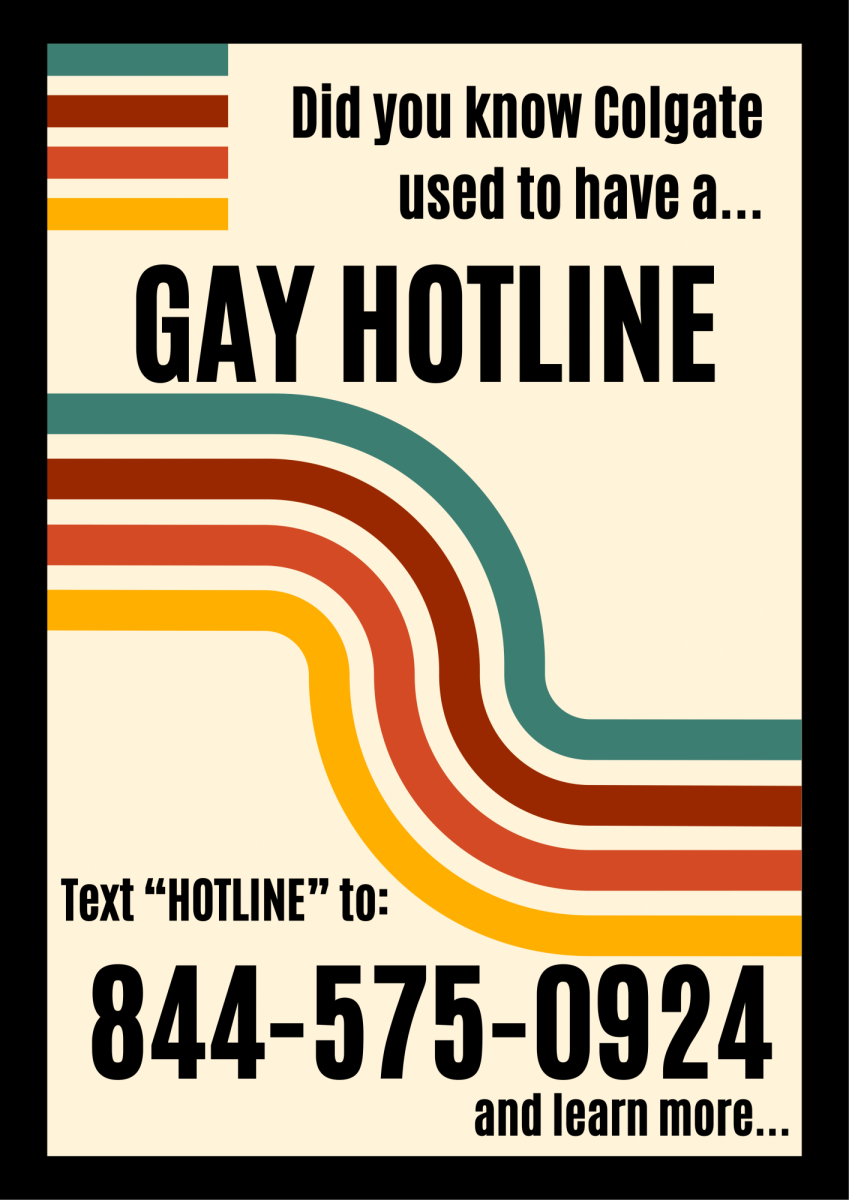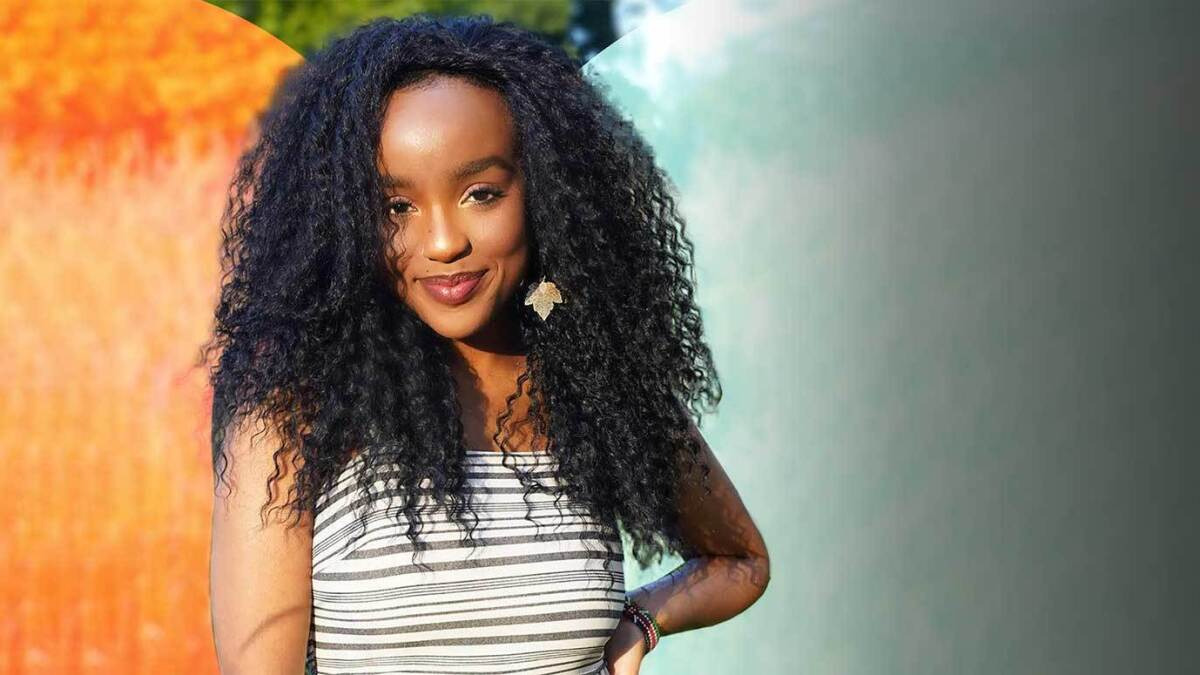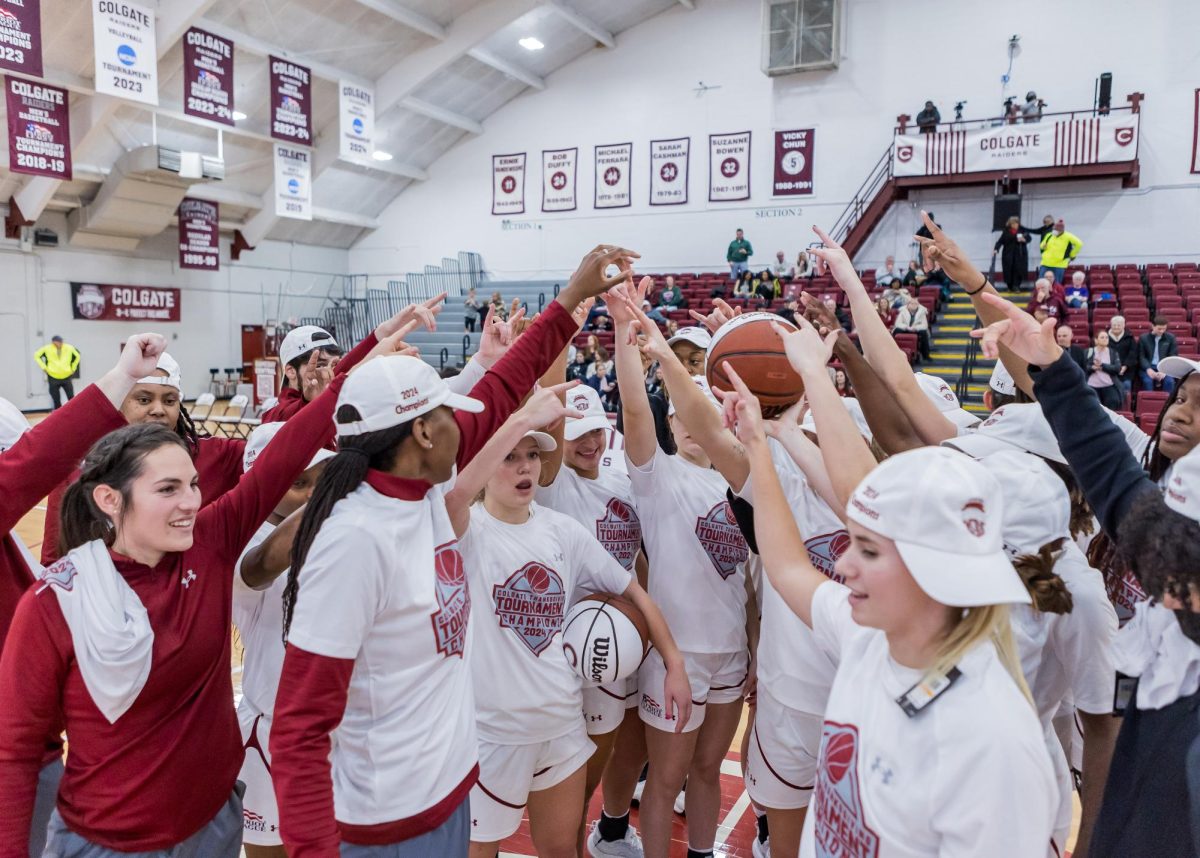Over the last year, the underconsumption trend has grown into a personal finance tool popularized on the social media platform TikTok. According to CNN, the trend prioritizes using items you buy for as long as they can serve their purpose as well as using the items you have without buying into the latest trends. Underconsumption videos went viral this year due to Gen-Z’s desire to live more sustainably and produce less waste, shares CNBC. Videos on Tiktok under the underconsumption hashtag show influencers using their makeup and toiletries to their fullest instead of collecting different products based on what’s trending, as well as cleaning or repairing their items when they could instead of immediately buying replacements.
Consuming less can be a sustainable practice that helps reduce waste and pollution. According to the National Park Service, on the most fundamental level, consuming less products leads to a decrease in greenhouse gas emissions over time as manufacturing products squanders energy. Furthermore, decreasing consumption in specific industries that are particularly pollutive, such as fast fashion clothing which often gets delivered in excessive plastic packaging, can lead to living a more environmentally sustainable lifestyle.
The Clean Clothes Campaign states that 100 billion new fast fashion garments are manufactured annually, with 60% of these items getting thrown away in less than a year post production. Moreover, the fast fashion industry is one of the most detrimental industries to the environment and is responsible for 10% of global carbon dioxide emissions, as pollution occurs at every step of the manufacturing process for these clothes. The industry’s excessive use of water in nearly every step of the manufacturing process is particularly harmful and unparalleled to many other industries. According to Princeton University’s Student Climate Initiative, it takes three thousand liters of water to make just one cotton shirt! In fact, the fast fashion industry is responsible for up to 20% of worldwide water waste. Furthermore, frequent buying and discarding of fast fashion clothing is not only wasteful, leading to these garments ending up in landfills, but also comes with the costs of water waste and carbon emissions that are prevalent for each individual garment.
Underconsumption encourages us to be more mindful of our attitude towards clothes, whether it be these fast fashion garments or more sustainably produced clothes. The goal of the trend is to use your items until they are truly worn out, contrasting with the aforementioned practice of throwing clothes away which has become much too common. In addition, underconsumption is popularizing more eco-friendly and sustainable practices, specifically paying less attention to trends and microtrends, which Global Fashion Agenda defines as a trend that lasts about a month, as opposed to a whole season.
Moreover, the overconsumption of makeup products and toiletries, which are constantly fluctuating in trendiness, is also an unsustainable practice. Many toiletries contain microplastics that directly enter the water stream due to the nature of their product’s use. According to Earth.org, the European Union is working to ban all cosmetic products that contain microplastics by 2030. Any product containing microbeads such as many hand sanitizers or products that are used for exfoliation automatically contains microplastics. Buying and using only the products you need and avoiding overconsumption can help decrease the flow of microplastics into our water. In addition, with less cosmetic purchases, we can limit the amount of plastic packaging we waste.
While the underconsumption trend on TikTok may just be the momentary trend of this season, it’s teaching young viewers a more hopeful and pragmatic approach to consumerism. The influencer culture we’re most used to fixates on sponsorships and pushing products onto their impressionable viewers as well as the glamorization of, simply put, owning a lot of stuff. In contrast, creators under the underconsumption hashtag emphasize the idea that you truly only need to own necessities, and that they should be used to their fullest before moving on to the next product. This is a direct contrast to the excessive haul videos and collection tours on the other end of the spectrum of content.
Personally, I know that I will try to implement the underconsumption mindset moving forward. I encourage you all to watch the next underconsumption TikTok that comes up on your For You page and consider implementing it into your lives too.














